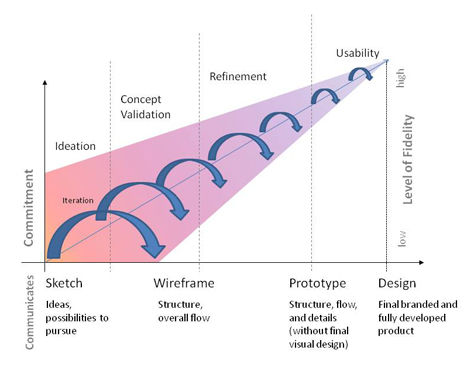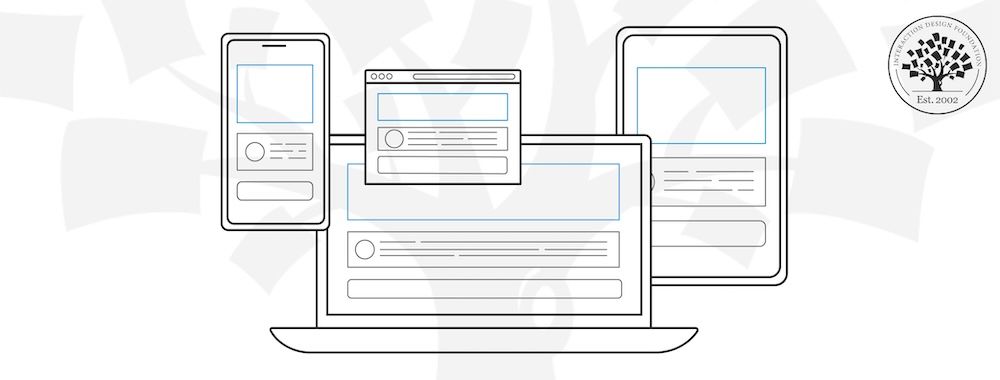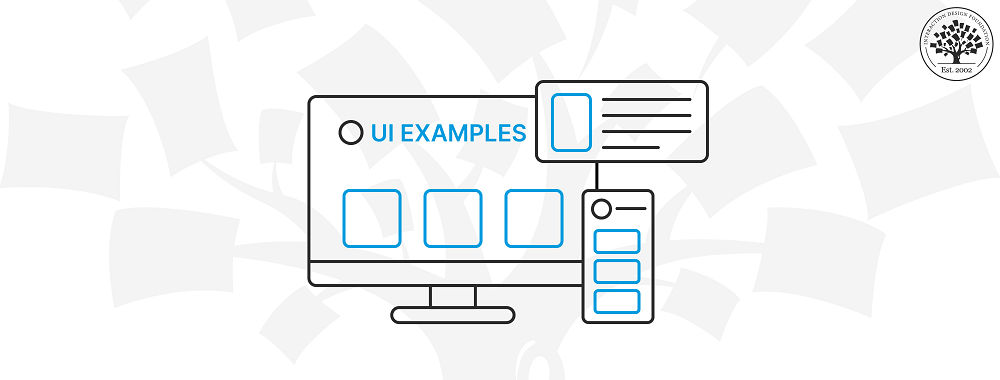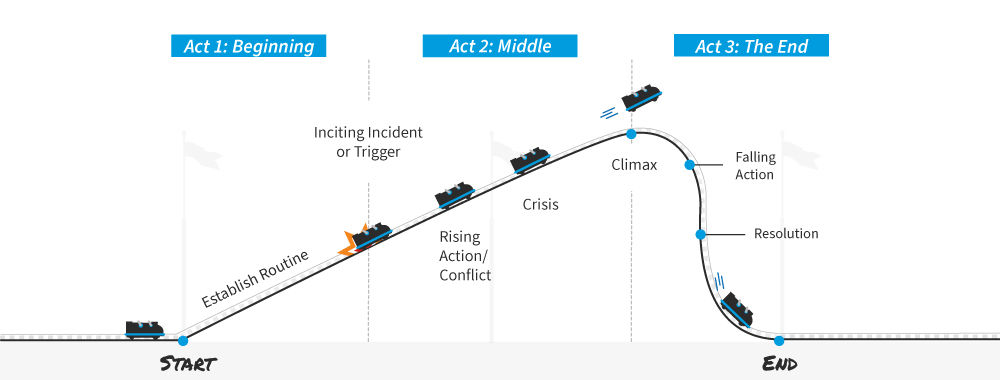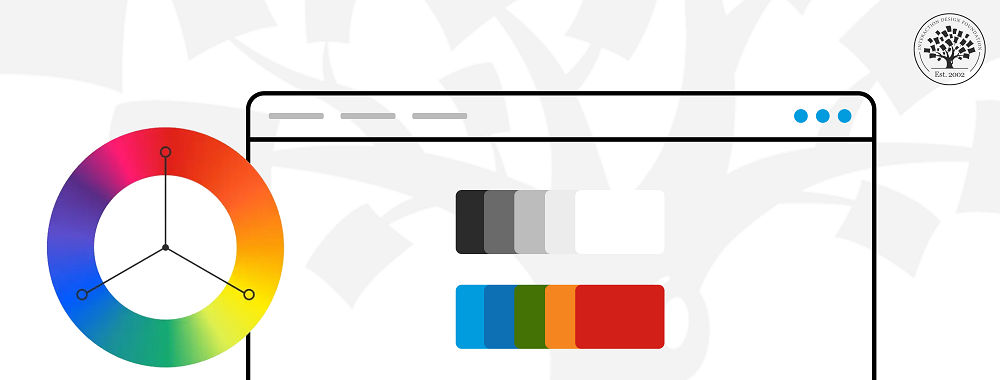Today, we’re going to look at a quick process for testing ideas before you start working on solutions.
More Research!

The first step in your process to test your ideas is the simplest of them all. Get on Google and see if there’s already a solution to the problem. You’d be amazed at the amount of wasted research goes into products that already exist somewhere else. In a famous example, Bose (the speaker company) spent millions developing a speaker that could generate stereo sound from a single speaker unit. Yet, when they went to patent it – they discovered that exactly the same design had been invented in the past.
If a solution does exist and it’s a good one, that’s not a bad thing. If there’s a need for that solution in your area – you could always start your entrepreneurial career selling that solution. You don’t actually need to make products to be an entrepreneur and using someone else’s products can keep your costs down while you do some much needed revenue generation.

If there is no solution or the solutions out there are impractical or too expensive to use with your potential clients – you may be able to find inspiration to come up with a better solution as part of your research.
Test the Market
Before you invent the product or sell someone else’s you also need to do some additional market research. Your initial research was with a very small sample and your mum’s problem may or may not be representative of a larger market.
You want to find out:
- Do a reasonable number of people have the same frustration?
- How much would they be prepared to pay to resolve that frustration?
Here in Cambodia, the expat community is frustrated by the huge amounts of litter dumped everywhere by locals and tourists alike. They can’t solve this problem because the local community has bigger issues to deal with and they don’t have any money to bring to bear on problems that they don’t see as significant. The expat community has expended considerable effort winning over the local top brass to their cause; sadly, it won’t make any difference in the long run.
Finding out that a lot of people have a frustration is useful – it suggest that there’s a market for your solution. But… if they aren’t prepared to pay for the solution or they are prepared to pay but their budget for it is $10 and your solution will cost $100… you won’t be able to sell your product.

Getting the answers to these questions doesn’t need to involve expensive peer reviewed research. Take your top 3 frustrations you identified and ask people on the street – do you identify with any of these problems? How much would it be worth to you to have these problems fixed?
Simple user research early in your venture can save you a lot of wasted time and effort later on.
Header Image: Author/Copyright holder: UX Matters. Copyright terms and licence: All rights reserved. Img
Image Source:
Julochka (link to image)
Datatrend (link to image)
Linkedin (link to image)
Escondido Library (link to image)
